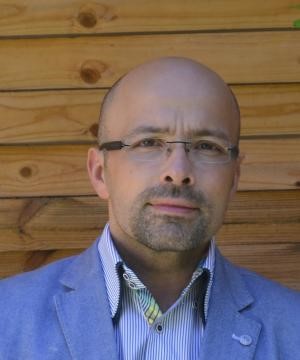Hungarian model for ensuring the rapid application of medical discoveries
In all cases, the ultimate goal of basic medical research is to increase the effectiveness of medicine, that is, to promote the healing of patients. In practice, however, it often takes decades for a new discovery to work its way through to clinical practice, which often causes measurable harm in terms of human lives. The discipline of translational medicine is trying to change this, and Hungarian researchers in the field have developed a new model for expediting the practical application of discoveries, something that has recently been reported on in the journal Nature Medicine.
 Péter Hegyi
Péter HegyiTranslational medicine deals with the everyday application, in health, of the results of scientific research and new know-how. According to Péter Hegyi, Head of the Institute of Translational Medicine at the University of Pécs, translational medicine can be compared to GPS,
where the “discovery” component, i.e. the part that researches options and problems facing the driver in terms of his journey, works closely with the analysis unit and the navigation component to help the driver (here: the doctor) find the best way to get around.
“Every year, 1.4 million news items appear on PubMed (the largest database of medical articles), which is an unmanageable quantity for anyone to read, let alone digest and use. “Most researchers are generally preoccupied with new discoveries, and as soon as one discovery has been published, they’re onto the next one”, says Péter Hegyi. “The result is that the process leading to the practical application of the discovery stalls.” If we continue with the GPS analogy, what’s missing is the mapping stage. In medicine, almost everything has to be discovered twice: firstly, the phenomenon itself, and secondly, its clinical application. And the two stages aren’t connected.”
In other words, what’s new about translational medicine is that there’s no break in this process – instead, it becomes a seamless cycle. In the stages of the translational medicine cycle in the Hungarian researchers’ model, when a momentarily unanswered question arises during the course of patient care, it’s immediately followed by scientific activity. After this, comes a summary of what we know, where the researchers summarise the new, proven information, followed by communication that allows all participants (doctors, patients, decision-makers) to learn of the new discovery – knowledge that has immediate implications for clinical practice. And with this the circle is closed, as we’re now back to patient care.
You can read the article by Péter Hegyi and his colleagues in Nature Medicine here.
